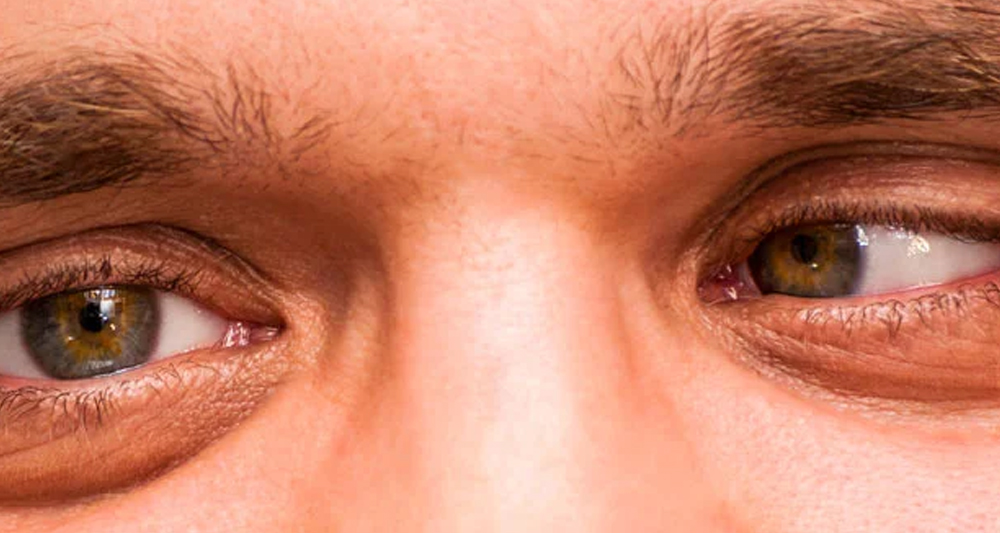Crossed eyes is a condition in which the eyes don't line up with each other, and don't look in the same direction. The term doctors use for this is "strabismus." In some places, people use the word "squint" to describe crossed eyes.
Lazy eye is a condition in which 1 eye doesn't see as well as the other eye. The term doctors use for this is "amblyopia."
Strabismus and amblyopia are usually found in childhood. In many cases, a child has both conditions. This is because if the eyes are often crossed, it can cause 1 eye to become lazy. But some children with crossed eyes don't get lazy eye.
If your child has crossed eyes or lazy eye, get treatment as early as possible. If these conditions aren't treated early, there can be lifelong vision and eye problems.
Different things can cause these conditions:
The other main cause of lazy eye is when 1 eye focuses better than the other. Usually, the problem is that 1 eye is farsighted, meaning it has trouble focusing on things that are close, and the other is not. This causes the same type of confusion for the brain as when a person has crossed eyes. The brain ignores the images from the eye that doesn't focus as well, and over time, the ignored eye becomes weaker.
Other eye problems like cataracts can also cause lazy eye. But these are uncommon in children.
When people have crossed eyes, their eyes don't line up or move together (figure 1). This can happen all the time or only sometimes, such as when the person is tired.
In newborn babies, the eyes sometimes look crossed. This is normal, as it takes at least few weeks for a baby to learn how to focus their eyes. But if a newborn's eyes are crossed all or most of the time, or if they continue to have eye crossing after they are 4 months old, it could be a sign of strabismus.
With lazy eye, the vision in 1 eye is weaker than in the other eye. This can cause double vision and trouble with "depth perception." (Depth perception is how the eyes see objects as "3D" instead of flat.)
These symptoms can be hard to see, so parents or caregivers might not notice them. Many times, the problem is found through routine vision screening during a doctor's check-up or at school.
We provide comprehensive, state-of-the-art management of crossed eye (squint) and lazy eye at our center. This includes medical and surgical treatment. A more detailed list of procedures offered and conditions treated can be found here. Click here for more procedures
